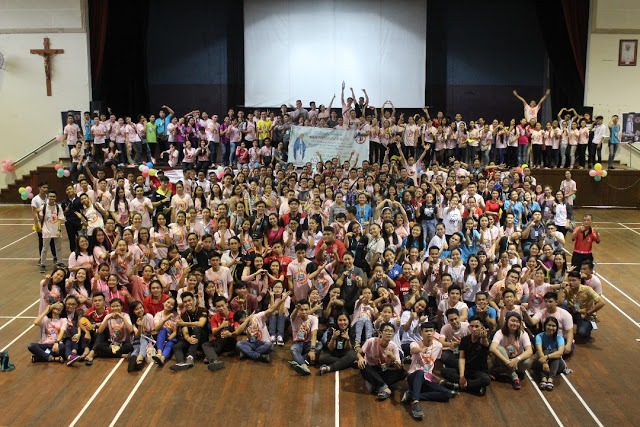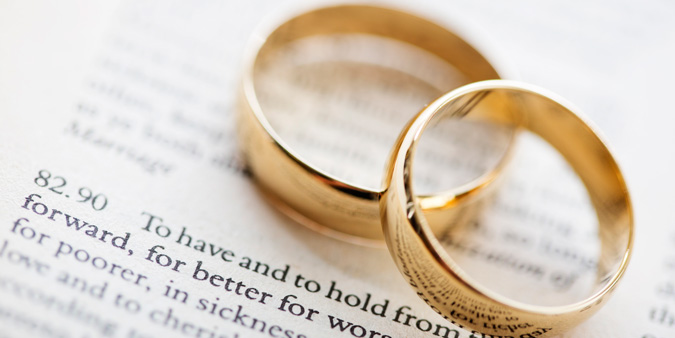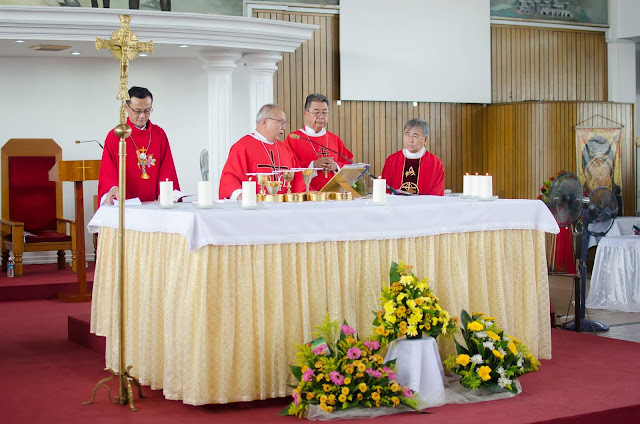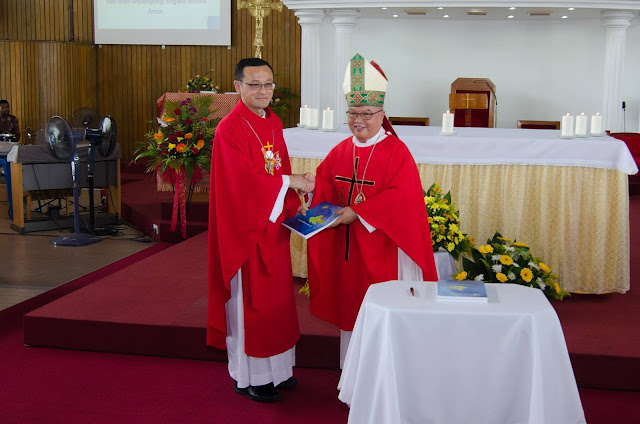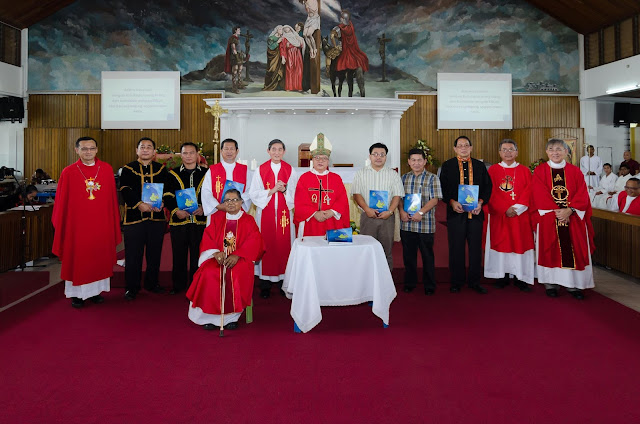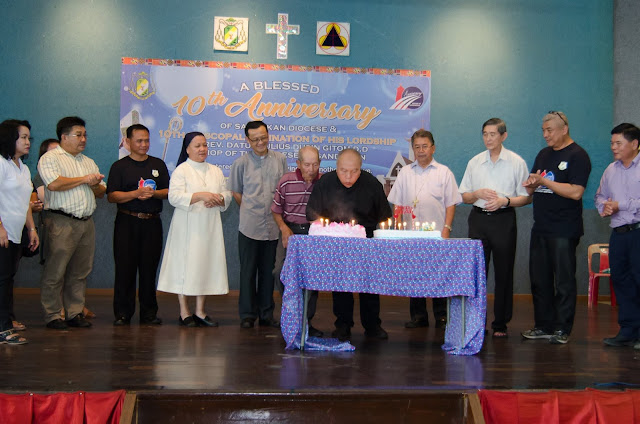Answered by Legionary of Christ Father Edward McNamara, professor of liturgy and dean of theology at the Regina Apostolorum university Rome.
Q: In the Order of Celebrating Matrimony there is a “Blessing of a Married Couple within Mass on the Anniversary of Marriage.” That blessing invites the couple to renew their commitment quietly, but also allows for a public commitment, but does not allow for the renewal of the wedding vows themselves. Many couples ask for a renewal of vows — why is this not permitted? Why would that be any different than those in religious or monastic vows celebrating jubilees who often renew their vows? Why then would not wedding vows be allowed to be renewed? Likewise, in the Roman Missal there is a renewal of priestly promises at the Chrism Mass. — LP, Tampa, Florida
A: The Ordo Celebrandi Matrimonium, editio typica altera (1991), includes in Appendix III the: “Ordo benedictionis coniugum intra Missam, occasione data anniversarii Matrimonii adhibendus” (Rite of blessing the spouses during Mass on occasion of the anniversary of marriage). This appendix allows for a special remembrance of marriage to be held on the principal anniversaries of the celebration such as the 25th, 50th or 60th.
In this ritual, the universal Church has proposed a renewal of commitment to married life, though the terms “renewal of vows” is avoided.
Even before the publication of this universal rite, however, several bishops’ conferences had included in the Ritual for Marriage a rite for the renewal of marriage commitment for use on special anniversaries. It is probably possible to use these texts on other anniversaries, for good pastoral reasons. The Book of Blessings also provides texts that are suitable for other circumstances, such as retreats, especially geared for married couples.
All of these rites make a slight but significant distinction between the original vows and the renewal of the ongoing marriage commitment. There are also different moments for the renewal. In some countries the renewal on jubilee anniversaries is done after the homily; in others, it follows the Prayer after Communion.
In the United States the formula is slightly different from the original formula for the vows, in order to reflect a spiritual renewal.
In the Canadian Marriage Ritual, Appendix IX, “The Celebration of Wedding Anniversaries,” on the other hand, the term renewal of vows is used, and it is the priest’s introduction that explains the meaning and reasons for the renewal of the original formula. To wit:
“My dear N & N,
you have come here with your family and friends
to celebrate your faithfulness to each other
and to thank God for the years he has given you to live in mutual love.
Through the joys and sorrows, the triumphs and trials of life,
God has been with you.
“The Church shares your joy today
and is thankful to you
for being such a powerful sign of God’s loyal and faithful love for the world.
(*God has enriched and strengthened you over the years by the sacrament of marriage.)
In renewing your vows today, you give witness once again to God’s love.
“You have proven your devotion to each other by your life together.
Now join your right hands and renew your consent before God and his Church.”
The ritual then refers the priest back to the original wedding vows. The text of the vows remains unchanged.
One of the more recent texts, which basically follows that of the Roman Ritual, is that of the bishops of England and Wales. The whole rite can be found at: http://www.liturgyoffice.org.uk/Resources/Marriage/OCM-Anniversary.pdf:
“275. Then, in these or similar words, the Priest invites the couple to pray in silence and to renew before God their commitment to live their Marriage in holiness.
“N. and N., on the anniversary of that celebration at which you joined your lives in an unbreakable bond through the Sacrament of Matrimony, you now intend to renew before the Lord the promises you made to one another. Turn to the Lord in prayer, that these vows may be strengthened by divine grace.
“276. Then the couple renew their commitment quietly.
“277. If, however, the couple, taking circumstances into account, wish to renew their commitment publicly, the form provided here is used:
“The husband: Blessed are you, Lord, for by your goodness I took N. as my wife.
“The wife: Blessed are you, Lord, for by your goodness I took N. as my husband.
“Both: Blessed are you, Lord, for in the good and the bad times of our life you have stood lovingly by our side. Help us, we pray, to remain faithful in our love for one another, so that we may be true witnesses to the covenant you have made with humankind.
“The Priest:
“May the Lord keep you safe all the days of your life. May he be your comfort in adversity and your support in prosperity. May he fill your home with his blessings. Through Christ our Lord. Amen.”
There follows the Blessing of Rings and the Universal Prayer or Prayer of the Faithful in the form usual at Mass, or prayer in common in the form provided in the rite. After the Our Father, the prayer Deliver us, is omitted. The Priest, facing the couple, with hands extended, says:
“We praise you, O God, we bless you, Creator of all things, who in the beginning made man and woman that they might form a communion of life and love. We also give you thanks for graciously blessing the family life of your servants N. and N., so that it might present an image of Christ’s union with the Church. Therefore look with kindness upon them today, and as you have sustained their communion amid joys and struggles, renew their Marriage covenant each day, increase their charity, and strengthen in them the bond of peace, so that (together with the circle of their children that surrounds them,) they may forever enjoy your blessing. Through Christ our Lord.
“All reply: Amen.”
The reason for these slight but significant changes is because in an essential way there is no such thing as the “renewal of the marriage vows.” The exchange of vows is seen as the sacramental form and is thus essentially unique for the same couple. Through their consent the spouses mutually give and accept each other through an irrevocable and perpetual covenant in order to establish marriage (see Canon 1057.2 of the Code of Canon Law and the Catechism, No. 1638).
It is precisely the strength of the indissoluble bond created by the celebration of marriage that makes the Church somewhat hesitant to permit a simple renewal of the marriage vows. One cannot renew a valid marriage in the sense of restart or resume.
However, the ongoing commitment of marriage may be celebrated, blessed and renewed in the sense of revitalised or reinvigorated.
It is true that Catholics annually renew their baptismal promises, priests their ordination commitments and many religious their vows.
But these promises, unlike the marriage vows, are complementary to the sacrament and do not constitute the sacramental form itself.
Thus, although we all renew our baptismal promises at the Easter Vigil and priests renew their promises on Holy Thursday, the actual baptismal or ordination formula is never repeated.
Likewise, religious profession is a sacramental and not a sacrament. But even in these cases religious who have the custom of making a devotional renewal of their profession of vows every year will sometimes make slight adjustments to the rites and formulas to underline the different situation.
For example, they may omit the reference to the superior receiving the vow, as technically, nobody needs to receive a devotional renewal of a profession that has already been publicly declared and received by the proper authority. In a similar manner, they may also all face in the same direction as, once more, all the religious, including the superior, is renewing his or her vows and nobody necessarily receives them. – zenit.org
Article reproduced from Catholic Archdiocese of Kota Kinabalu



